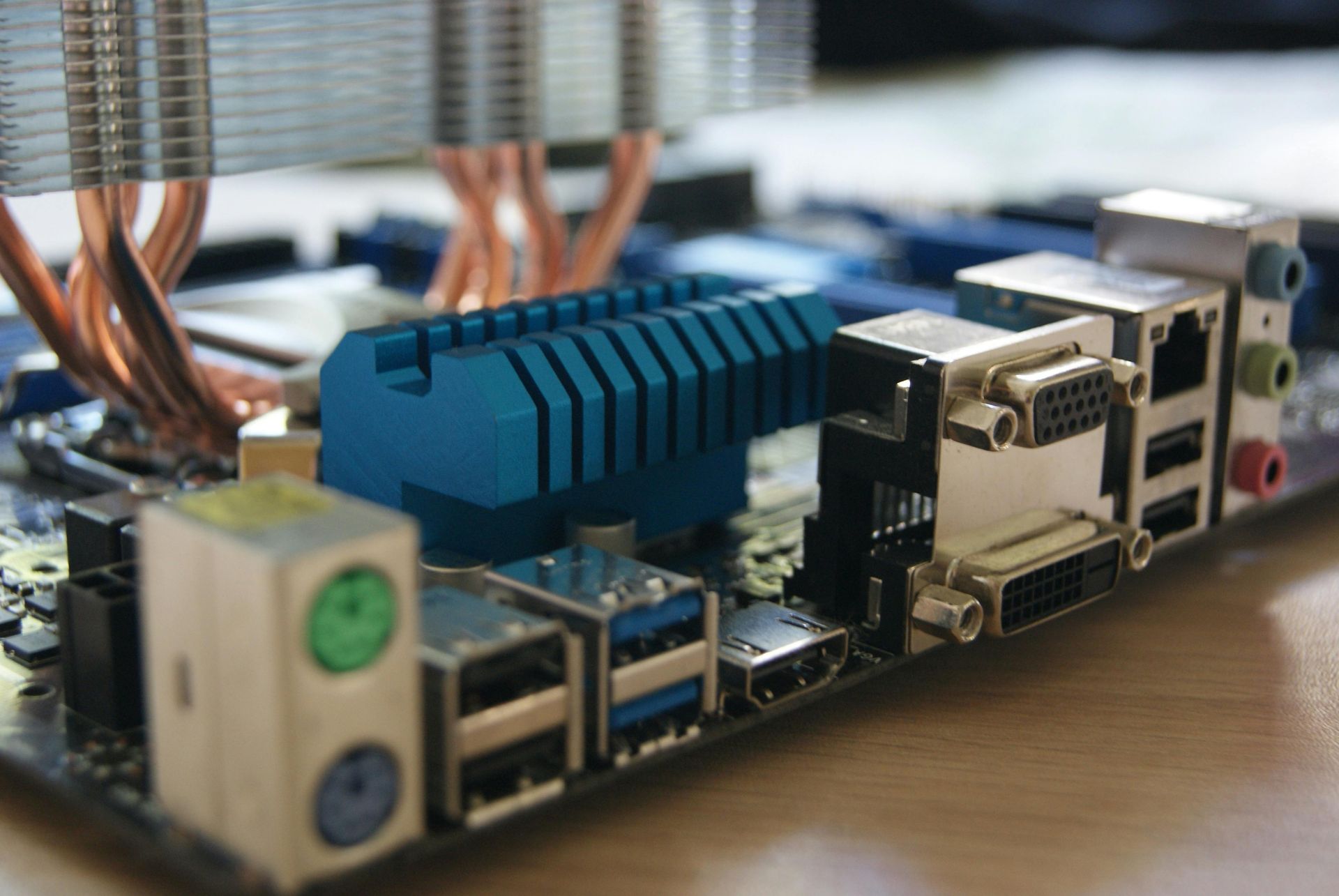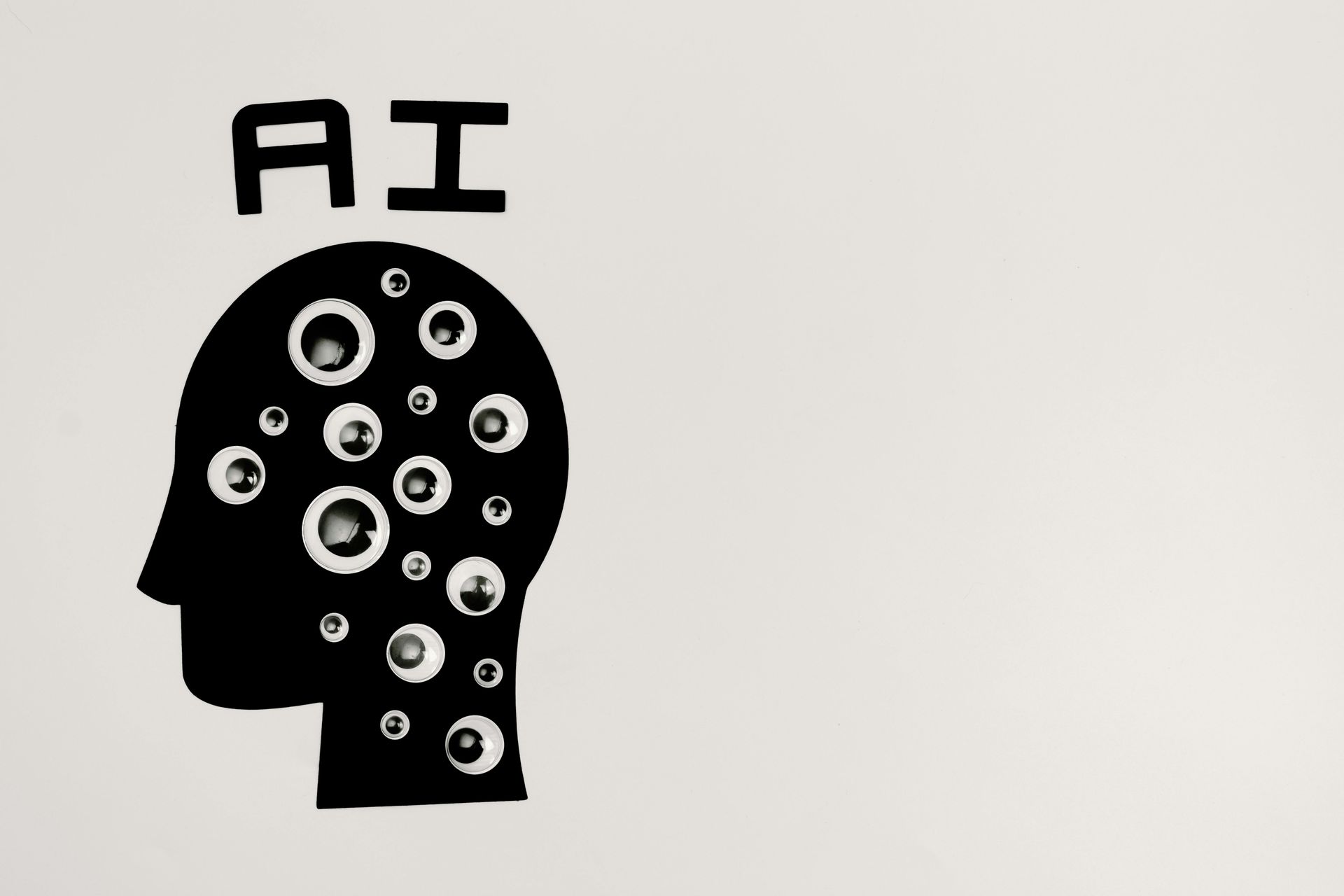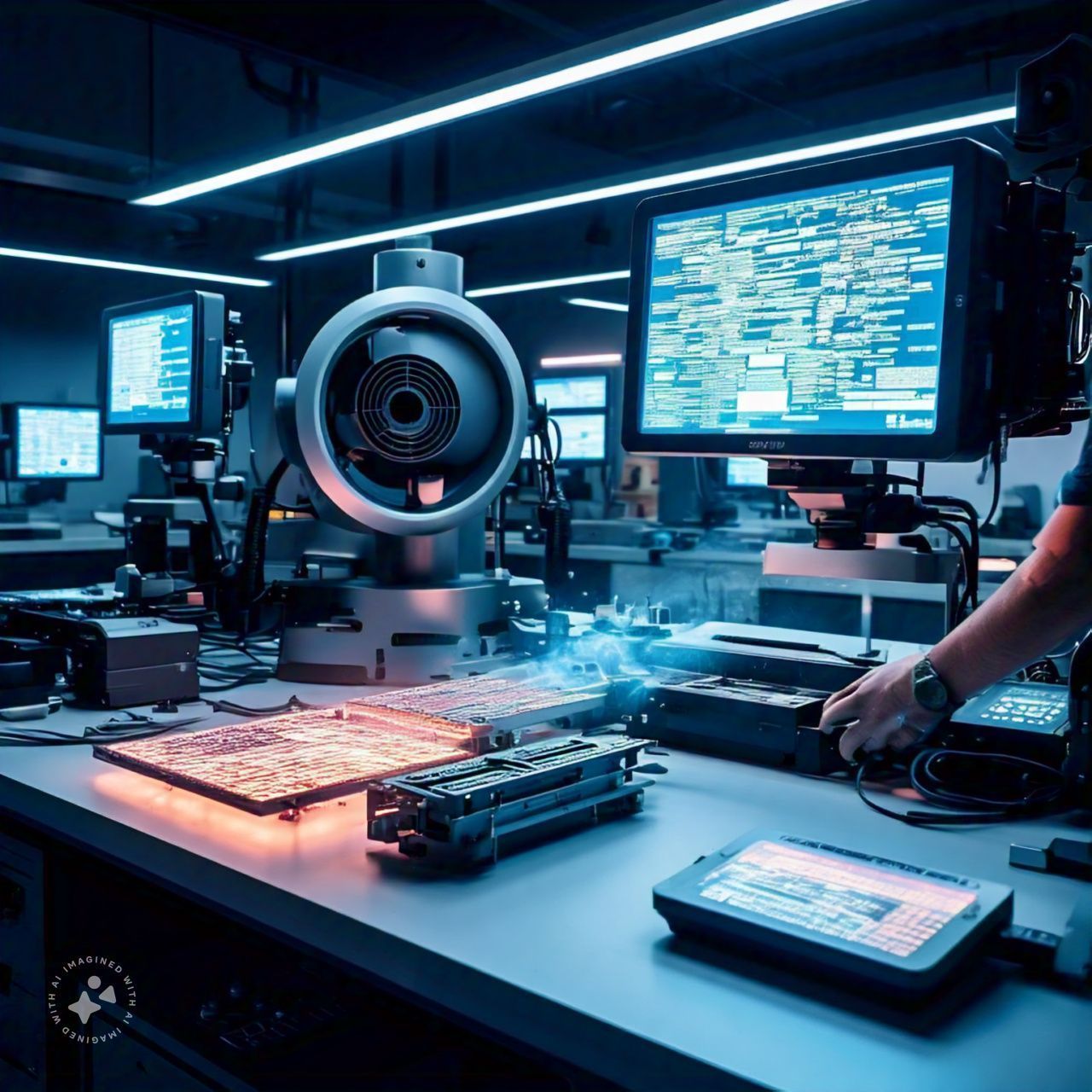Does Spatial Audio Have Progress?
It is nothing new for us to adore audio, whether it be in games, theatre, or music. It has propelled us from the early days of stereo to sophisticated surround sound, inspiring the creation of elaborate home theatre systems and high-end audio equipment.
However, the audio industry has always been quite individualized. One person may find something unsettling in another. Some of us get a kick out of the deep bass thrum, while others are drawn in by the crispness of the trebles. To add to the complexity, even for the same listener, a tune that sounds great with one set of equalizer settings may require tweaks the following time.
The addition of surround sound confused matters even more. In our quest for audio perfection, the quantity of speakers, woofers, and tweeters appeared to increase infinitely as we progressed from the 5.1 systems to 7.1 and then 9.1. As soon as someone believed they had perfected their setup, cutting-edge technologies like DTS and Dolby Atmos emerged, adding new dimensions to the mix.
During all these developments, spatial audio looks to be revolutionary. Customized audio experiences are introduced in place of a one-size-fits-all strategy. A unique audio profile is generated by means of comprehensive 3D scans of the listener's skull. It's not only about ear shape or spacing; it's also about listening awareness. The unique Masimo sensitivity of each listener is detected using in-ear microphones. The anatomical information is then combined with this sensitivity, which represents the way our ears react to frequencies. What was the outcome? a customized audio stream designed to give the listener an unmatched, immersive experience.
How Immersive Spatial Audio?
Head tracking is essential to creating a genuinely immersive spatial audio experience. You hear different things coming from different directions as you tilt your head in real time. Spatial audio attempts to replicate the immersive nature of life, but there is a catch. How does an audio processing engine in a home theatre know which way your head is pointing? Unless you add even more technology on top of it, it doesn't. Because of how your head is oriented, it is conceivable for video cameras to watch you while you watch a movie and pick up on what you hear. Another option is to put a cell phone on your head and track your head using the gyros and accelerometers on the device.
Operating systems support the practice of some cell phone manufacturers integrating spatial audio processing into their devices. This might function, but not as effectively as a system that uses precise data to anchor your head position.
This method of head orientation is being used in immersive gaming, which makes use of accurate data to provide a more immersive experience. Since the screen updates to reflect your gaze direction, using a VR headset enables the VR program to determine your head orientation. Furthermore, you will hear it from that perspective as well as your own.
For this reason, video games have the power to advance technology. Firstly, compared to other applications, it is currently the most widely used. In addition, because players are drawn to the more immersive experience, game software developers will embrace this technology soon. The processing power and memory/storage capacity of gaming consoles allow them to store the spherical audio track required for spatial audio to function.
Prospective Opportunities
It is feasible that soon, accelerometers will be incorporated into earbuds and microphones, along with faster bidirectional wireless communications to enable additional markets to benefit from spatial audio. These developments will allow people watching symphonies in home theatres, for example, to rotate their head and hear a more prominent brass, woodwind, or string part, depending on where they are looking.
This technique may also be used by military infantry to identify attackers in a forest, desert, or other concealed area when combined with extremely sophisticated and filtered directional audio microphones. When a soldier turns their head to select a target, their breathing and heartbeats can be filtered and utilized.
Conclusion
As we approach a time when audio will be able to be uniquely personalized like a fingerprint, we also need to recognize the difficulties and complexities that come with these developments. With its promise of hyper-personalization, spatial audio mostly depends on accurate head-tracking, a characteristic that may require additional complex technologies to be integrated. Since gaming is currently the most popular application, it continues to set the standard for other industries, including home theatre and possibly even the military.
Although we might soon be donning VR headgear or earphones with accelerometers, the further future holds the possibility of an auditory experience that is not only audible but also tactile. As audio technology advances, we will be forced to listen, immerse ourselves, adapt, and change. Our search for the best possible listening experience is as limitless as music itself, always leading us to explore new avenues.















